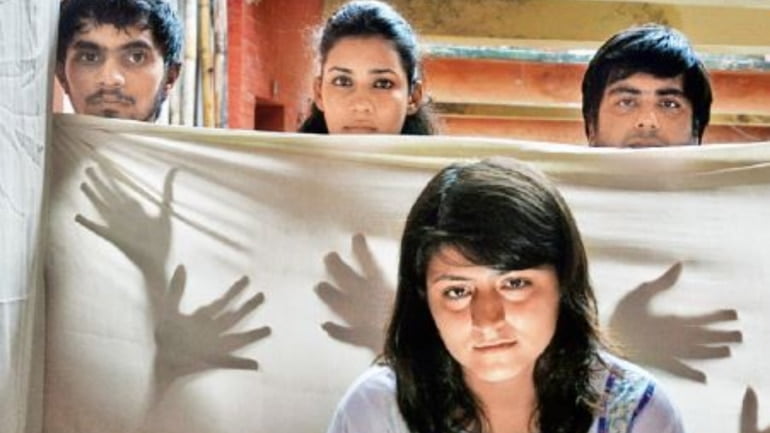
For all the Delhi University applicants and parents dismayed at the ever-soaring cut-off lists, there has been some measure of hope. DU colleges reserve five per cent of their seats for sports and five per cent for extracurricular activities (ECA).
Previously, the ECA exams and trials would be held at the colleges candidates had applied to, and the criteria would also be set by those colleges. But for the past three years, the ECA trials have been centralised. This means all ECA trials for a certain category are held at a single time and venue at the University.
This year, the trials (both preliminary and final rounds) took place during the first half of July and more than 1,000 seats have filled up.
Prof. Rajeev Gupta, head of admissions committee, and Dean of Students’ Welfare, explains, “Students had to fill an application form, and then they need to identify which ECA category they would like to apply to. It has two parts; 25 per cent weightage is given to the certificates, and 75 per cent is given for the performance at the trials. Candidates are shortlisted for the finals, and then colleges are approached. After that, the colleges can give the selected course a leeway of up to 15 per cent from the last cut-off list.”
He adds, “After the finals, the admissions committee releases the merit list. The colleges can give up to 15 per cent discount, which also depends on the candidate’s selection of courses and college. It is a dynamic process, so it will vary from college to college, as every college will have a different set of numbers and criteria. If there are seats to be filled, or if the students have applied to more than one course, the college can adjust the criteria.”
For decades, categories such as the ECA and sports have always had a sizeable number of seats for those who may have scored the required (and staggering) marks needed for the course and college of their choice, but have other credentials.
Manvi Shekhar, part of Jesus and Mary College’s English theatre society Troubadours, shares her experience, “I had 94 per cent, while the cut- off for B.Com (Hons) was at 96 per cent. Everything really did hang on the trials, and even after I cleared the finals, I had to wait for the fifth cut-off list, where the marks for B.Com was 95.75 per cent. I had just enough marks to make it.”
The trials themselves are a thorough vetting process. Dr Geeta Sharma, associate professor at the Hindi department at Shyama Prasad Mukerjee (SPM) College, breaks down the process for the trials for Indian classical and folk music, which were hosted at SPM.
“The trials (both prelims and final) were held here from July 4 to July 12. The prelims were for all 2,000 students who had enrolled. The entire process took a period of eight days. The panel of judges comprised internationally acclaimed dancers, and people from the music and dance departments in DU.”
She explains the process was methodical and stringent, with first the verification of the certificates of previous performances and dance exams being carried out, and even with certain questions of the respective dance form directed to some of the students.
Sharma adds, “There were also at least 10 boys at the trials. It’s a good thing for dance.”
Odissi dancer Nikita Bajaj comments on the stringent nature of the trials. “It’s not like you could just show up and dance on stage in front of the audience. We had to have all our certificates of merit ready, and answer the judges’ questions on the dance forms, some of which were very difficult.”
Bajaj is starting her first year in History (Hons) at Hansraj College and is now part of Kavyaakriti, the classical dance society.
Many say the new centrailsed system is better. Sharma points out one advantage.”This was not a sudden shift in policy. This decision had been taken with some thought. The earlier system was problematic for the students. Sometimes four colleges would give the same time for one day, and there would be only one day for the ECA trials. What would become of the students then?.”
Pratyuk Bakshi, now part of the English Debating Society at Ramjas College, where he is studying Economic (Hons) agrees on the convenience factor.
“I’ve heard so many stories where, for example, a trial for one subject would be in Hindu at 10 am, and another trial would be at 12 pm in Venkateswara college. This time, as it happened, all debate trials were in Kirori Mal College.”
There is always an amount of flexibility in the trials. As Gupta says, “It can also depend on the popularity of the course itself. If the cutoffs are very high, a leeway of 5 per cent is given. But if there are not many takers for certain courses, colleges can increase the scope beyond 5 per cent.” This, as he says, is especially true of several of the languages courses.
[“source=indiatoday”]




